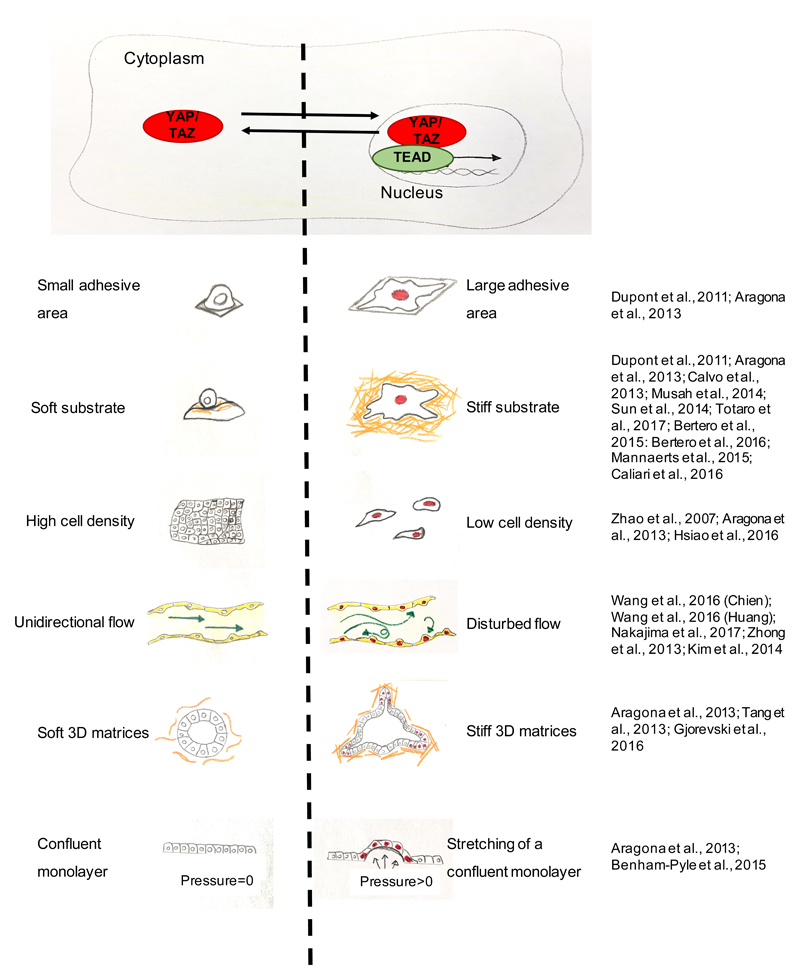Figure 1. Schematic representations of mechanical stimuli influencing YAP and TAZ subcellular localization and activity.
A) When YAP and TAZ are mechanically activated (red) they translocate to the nucleus, where they interact with TEAD factors to regulate gene expression. B) schematics illustrating how different matrix, geometry, and physical conditions influence YAP and TAZ localization and activity: left panels show conditions, when YAP and TAZ are inhibited and localized to the cytoplasm, whereas right panels show conditions that promote YAP and TAZ nuclear localization (indicated by red colouring of cell nuclei). For references see: part a:24,27; part b:24,27,36,43,72,76,105,106,108,109; part c:24,75,91; part d:40–42,83,84; part e:24,45,80; part f:24,44.

